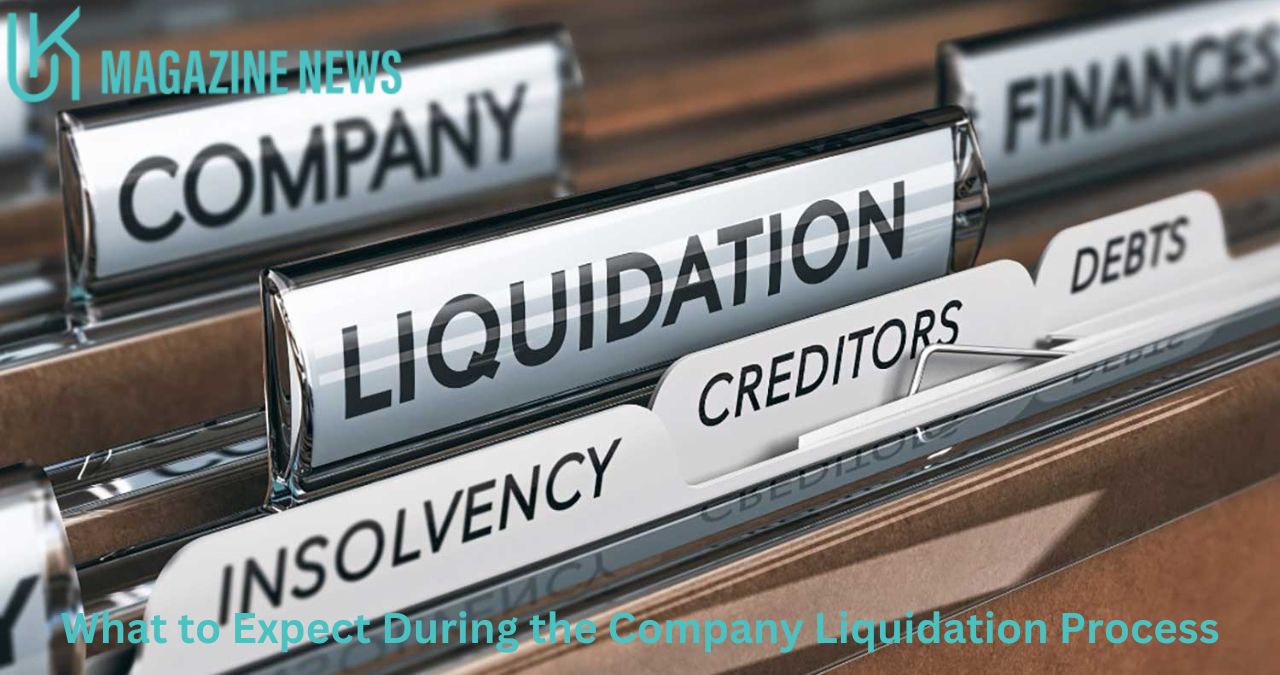Making some sound decisions regarding the liquidation of companies could be a very herculean task given the different challenges that accompany the process particularly where there is increasing pressure on the firm’s finances. By having some understanding of the various steps that have to be carried out and who the registered liquidators are, much burden of worry can be relieved. This blog will cover the process of company liquidation at a basic level so that people will know what to expect and why there is a need for professional help.
1. Understanding the Decision to Liquidate
The first stage of liquidation of a business is realizing that it is best to liquidate your business. This decision normally occurs when a company is in a position to pay its debts and it has no hope of doing so. Company liquidation is the process by which a company’s operations are ceased, its assets are sold and the proceeds are distributed among the creditors. It is a legal procedure when used properly enables a business to cover all their legal obligations and also arrange their affairs in the most organized manner.
2. The Role of Registered Liquidators
When a decision to dissolve a company is made, a registered liquidator will be appointed to oversee the sale and distribution of the company’s assets. One must hire services from highly reputed liquidation companies like the Australian Company, this is because they understand the laws governing liquidation and they can take the business through the whole legal and financial process. A liquidator is an officer charged with the responsibility of evaluating the organizational structure of the company in the process of liquidation, paying creditors, and distributing any surplus. They shall also be in charge of communication with the creditor which will spare the business owner this headache.
3. The Steps in the Liquidation Process
When conducting company liquidation to wind up a company, initial steps in most cases involve a director/liquidator meeting. The liquidator will assess the financial position of the company and then create a proposal on how to dispose of the company’s property. As soon as the liquidation process starts, the company’s property is disposed of and the money collected is used to settle some of the debts. This process may take a few months depending on the structure of the business. This means that creditors are informed of the liquidation while the liquidator will also clarify any debts the company owes.
4. What happens after liquidation
Once the liquidation process is over, the legal entity is dissolved, and unpaid outstanding are wiped out. A company is dissolved, and the business owner no longer has to bear the liabilities associated with this legal entity. Of course, the process of liquidation may seem to be painful to some extent, but it also offers Business Owners an opportunity to leave behind bad experiences. The advantage of engaging the service of a registered liquidator is that the process will be well managed and dealt with according to the law.
Conclusion
In conclusion, company liquidation may sound or look complicated, but it is a strict and legal procedure through which, and business may be closed with the required debts settled. It is important to note that the actual work depends on registered liquidators so that the process goes smoothly with minimal pressure. Whether you are thinking about liquidation, the following steps will help you as you go through the process.





